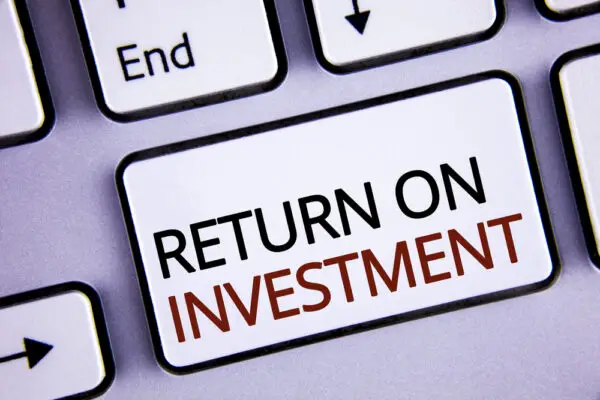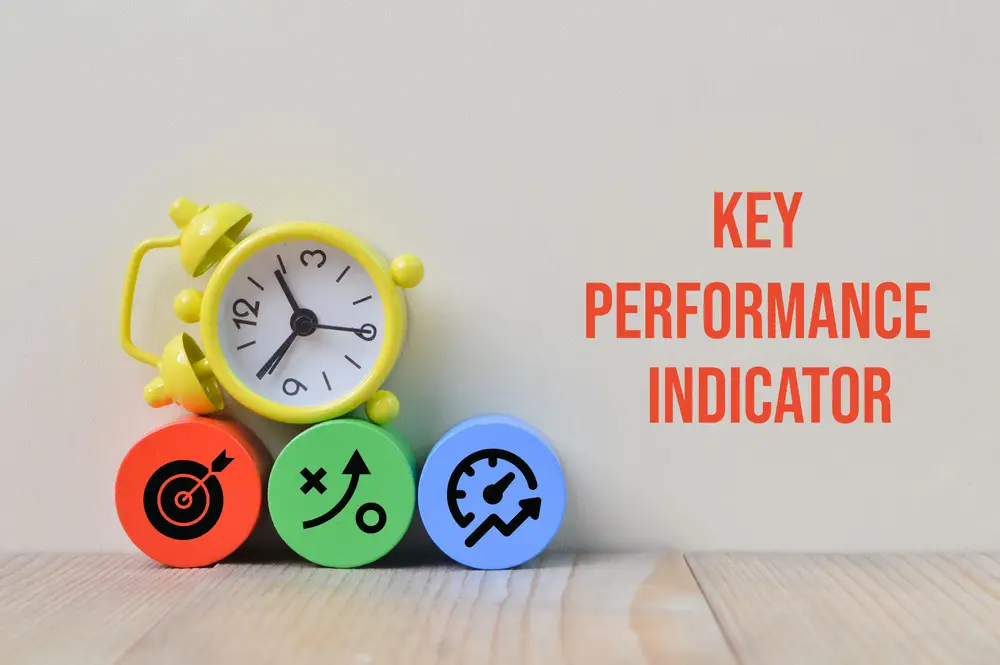Reputation Key Risk Indicators (KRIs) are a critical component of risk management for businesses, as they help managers to identify and quantify the potential risks associated with an organization’s reputation.A Deloitte survey found that 87% of executives rated reputation risk as more important or much more important than other strategic risks their organizations faced.
Additionally, 76% of executives believed their organizations’ reputations were at greater risk today than they were two years ago.KRIs provide a framework for understanding the future impact of reputational damage on an organization’s performance, allowing companies to take proactive steps to mitigate any potential losses.
In setting lower and upper thresholds for acceptable levels of reputation risk, organizations can better understand the potential consequences of their actions and make informed decisions about how best to manage and protect their reputation.
Common examples of reputation key risk indicators include customer satisfaction surveys, media coverage analysis, employee engagement and compensation surveys, and social media sentiment analysis. Customer satisfaction surveys provide valuable insight into how customers perceive the company’s products or services.
Media coverage analysis helps organizations track and determine how their brand is being portrayed in the press. Employee engagement surveys provide insight into employee morale and job satisfaction levels.
Social media sentiment analysis helps organizations understand how people are talking about them online.
Risk oversight seems almost impossible to accomplish. From a workplace accident or angry workers caught on video, a digital environment is rapidly expanding and often results in increased risks to control and less time in response for businesses.
These turbulent situations pose challenges to governing bodies. The Governance Insights Center at PwC has refocused the board on key risks in recent publications that impact strategic objectives.
Understanding reputation key risk indicators (KRIs) is essential for any business that wants to stay ahead of potential reputational risks. By anticipating and mitigating these risks, you can maximize the success of your organization’s activities and operations while protecting its good name.
In this blog post, we will explain what KRIs are, provide examples so you can identify them in actionable ways, and explore how they should be used to inform effective decision-making. Ready to dive into the world of reputational risk management?

Example of Reputational key risk indicators
An increasing number of negative reviews about your brand on external sites or social media platforms
Negative reviews about your brand can be incredibly damaging to your reputation. It is important to monitor these reviews closely and take steps to address them as quickly as possible the event.
If left unaddressed, they could lead customers to doubt the quality of your products or services, which could negatively impact your business.
Decrease in customer satisfaction rating
A decrease in customer satisfaction ratings is a sign that something may be wrong with your products or services. You should investigate the cause of this drop and take steps to address it. It could be as simple as changing a policy or procedure or providing better customer service training for your staff
In any case, responding promptly and proactively can help protect your reputation and maintain the trust of your customers. Customer personal information can be an input of key risk response plan.
Diminishing customer loyalty or trust due to perceived poor quality of products or services
Diminishing customer loyalty or trust due to the perceived poor quality of products or services can have long-term impacts on your business. It is important to identify the underlying cause of this issue and take action.
You should also strive to provide a better customer experience and ensure that customers are aware of changes or updates that could improve their satisfaction with your products and services.
Additionally, it can help emphasize your brand’s positive aspects and remind customers why they chose you in the first place.
Development of a negative reputation among industry stakeholders and influencers
The development of a negative reputation among industry stakeholders and influencers can have serious repercussions, both in terms of lost business and customer loyalty. It is important to take steps to quickly address and minimize any sources of dissatisfaction and strive to maintain your positive brand image.
This can involve engaging with key influencers, ensuring that you are up-to-date on the latest industry developments, and utilizing all available channels to communicate your message effectively.
It is important to cultivate positive relationships with key stakeholders so that they view your business favorably.
Loss of customers due to increasing competitive activity
In today’s competitive market, the loss of customers due to increasing competitive activity can have a major impact on revenue for your business.
Stay ahead of the competition by expanding your product offerings, improving customer service, and finding ways to differentiate yourself in the market.
Additionally, it is important to leverage digital marketing techniques such as SEO and social media to reach new potential customers. Through staying up-to-date on industry trends and changes, you can ensure that you remain competitive in an ever-evolving landscape.
Why Is Reputational Risk Important?
The reputation of a corporation can have a negative impact on the public. Reputational problems can be the most obvious reason for a company to get found online, or negative search results may be harder to correct.
Whatever your industry, a reputation for your clients is important to maintaining your business prospects. Risk Assessment and mitigation are critical.
What Are the Effects of Reputational Damage?
Reputational damage can have a devastating effect on an organization or individual. It can lead to financial and social capital loss, market share, and customer trust. It can also cause negative publicity and public outrage, leading to further reputational harm.
The effects of reputational damage are wide-reaching and varied. They include decreased sales, decreased customer loyalty, difficulty recruiting new employees, and even legal action from dissatisfied customers or stakeholders. The reputational damage can lead to increased scrutiny from regulators and government agencies.
Organizations should take steps to protect their reputation by implementing risk management strategies that identify and address potential risks before they become damaging to the organization’s reputation.
This includes developing policies responsible for responding quickly and effectively to any negative publicity or criticism that may arise. Moreover, organizations should ensure adequate cyber security measures to protect against data breaches that could lead to reputational damage.
Organizations must strive to maintain a positive reputation by engaging with customers and stakeholders openly and honestly. This will help build trust between the organization and its stakeholders, which is essential for long-term success.
Reputation damage may occur in definite or severe ways. Changes in public perception may occur within a few minutes. The risk could be significant depending on the type of reputation damage your company faces.

How Can Third Parties Affect My Company’s Reputation?
Even if you are careful with tracking reputation risk inside a business, it is important to know that external parties will damage the reputation of who runs them. A celebrity endorsement could link an organization’s reputation to the company’s reputation, potentially negatively affecting them.
The contractor / Vendor is also harmful to the company. Although the parties are carefully consulted when the contract is entered, personnel policy changes may create unexpected new risks for the business relationship. It must be done as carefully as possible in the context of this company. Competitors can also create reputation risks.

Chris Ekai is a Risk Management expert with over 10 years of experience in the field. He has a Master’s(MSc) degree in Risk Management from University of Portsmouth and is a CPA and Finance professional. He currently works as a Content Manager at Risk Publishing, writing about Enterprise Risk Management, Business Continuity Management and Project Management.


